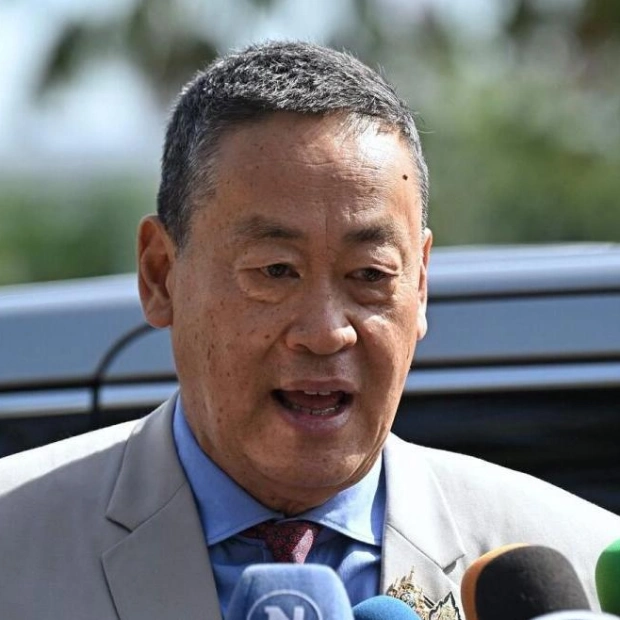Rehiring former employees, often referred to as 'boomerang employees', can be a strategic move for companies aiming to bring back familiar talent with new experiences and skills. Let's explore this concept through the example of Alex, a graphic designer who initially honed his skills at a dynamic advertising agency in Dubai. Driven by a desire to expand his artistic horizons, he moved to New York to work with top branding firms.
When Alex considers returning to his former company, several factors must be evaluated. The agency maintains a robust alumni network, which not only offers a warm welcome but also facilitates a smooth reintegration process. However, the rehiring process involves more than just a friendly handshake. The agency must reassess whether Alex's avant-garde style aligns with its current market strategies and overall direction.
A tailored re-entry plan is essential. This involves evaluating Alex's current fit within the agency, ensuring his new experiences can elevate the agency's creative narrative. Compatibility between Alex's evolved artistic vision and the agency's current ethos is crucial. If his return is deemed beneficial, a structured reintegration process will ensure he is fully aligned with the agency's latest tools, techniques, and teams.
Several key considerations must be addressed: reviewing Alex's past performance, ensuring there are no legal or logistical hurdles, and understanding the reasons behind his initial departure. By carefully weaving these elements into Alex's return, the agency not only fosters a culture of growth and reintegration but also demonstrates how returning talent can invigorate the workplace.
Roujin Ghamsari, an accomplished HR practitioner and fellow of the CIPD, emphasizes the importance of crafting and implementing robust people plans. Her expertise in collaborating with C-Suite leadership enables organizations to achieve their strategic objectives.
Source link: https://www.khaleejtimes.com






